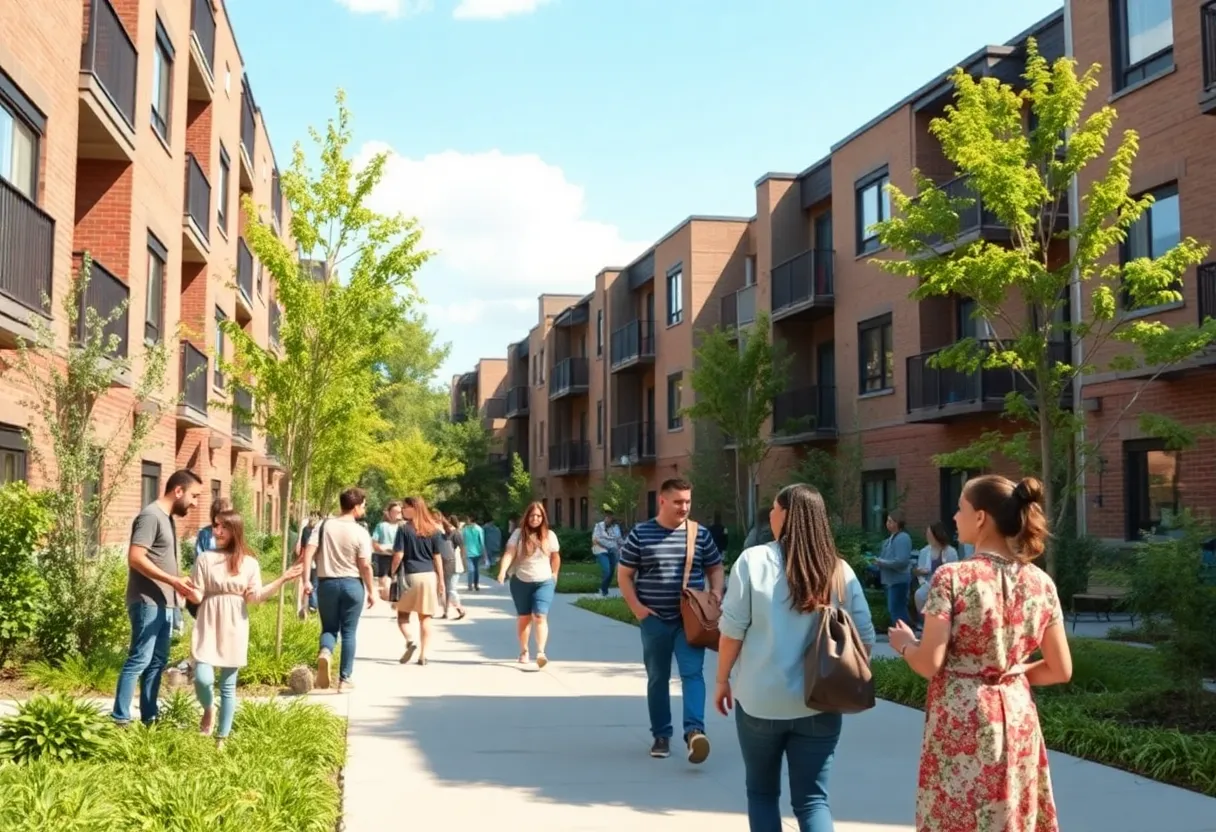The Role of Precast Connections in Modern Infrastructure
In the realm of contemporary construction and engineering, precast connections have emerged as a significant innovation. Their impact on infrastructure is profound, enhancing structural integrity and redefining speed and efficiency in building processes. This article aims to explore the pivotal role of precast connections in modern infrastructure, shedding light on their advantages, applications, and future potential.
Understanding Precast Connections
Precast connections refer to the components designed and manufactured off-site, which are later transported and assembled in situ. This method contrasts with traditional construction techniques, where building elements are created on-site. Precasting not only accelerates the construction timeline but also fosters consistency in quality and reduces waste.
The Benefits of Precast Connections
Precast connections offer numerous advantages, making them an attractive option for developers and engineers alike. Here are some of the key benefits:
- Enhanced Structural Integrity: Precast components are manufactured under controlled conditions, meaning they often surpass on-site cast elements regarding strength and durability. This leads to improved structural integrity across infrastructure projects.
- Speed of Construction: The off-site fabrication allows for concurrent site preparation and component production. This simultaneous approach drastically reduces overall construction time.
- Cost Efficiency: By minimizing labor costs and reducing construction time, precast connections can lead to significant cost savings. Additionally, the efficiency gained can translate into lower project bids.
- Consistency and Quality Control: Precasting facilities utilize strict quality control measures. This results in components that are uniform in quality and performance, reducing the likelihood of defects.
- Environmental Benefits: Precasting contributes to sustainability. The controlled environment reduces energy consumption and waste, making it a more environmentally friendly option in construction.
Applications in Infrastructure
The versatility of precast connections allows them to be employed in various infrastructure projects. Their applications are as diverse as they are critical.
Bridges
Precast connections play a crucial role in bridge construction. Precast concrete segments are often used to create spans rapidly. This approach minimizes the need for extensive scaffolding and enables quick assembly, leading to shorter closure times for transit.
Parking Structures
With increasing urbanization, parking structures are becoming vital in city planning. Precast solutions allow for rapid assembly of components, enabling large facilities to be constructed in a fraction of the time required for traditional methods.
Building Systems
In multi-story buildings, precast connections are utilized for walls, floors, and other structural components. This method not only allows for swift construction but also enhances the durability and longevity of the buildings.
Sound Barriers
Noise pollution is a significant concern in urban environments. Precast concrete panels serve as effective sound barriers, providing both a functional purpose and aesthetic appeal. These connections require minimal maintenance and have a long lifespan.
Challenges and Considerations
While the advantages of precast connections are numerous, they are not without challenges. Understanding these limitations is essential for effective application.
Design Complexity
Integrating precast connections into designs can be complex. Engineers must ensure that connections between precast elements are robust enough to handle dynamic loads and stressors after installation.
Transportation and Handling
Transporting large precast elements can pose logistical challenges. Careful planning is required to ensure that components reach the site without damage.
Site Limitations
While precast connections facilitate quicker construction, they also require adequate site access for cranes and maneuvering equipment. Limited space can hinder effective assembly.
Future Trends in Precast Connections
The future of precast connections in infrastructure looks promising, evolving in response to technological advancements and changing construction demands.
Innovation in Materials
The development of new materials—such as high-strength concrete and composite materials—enhances the performance of precast connections. These materials can provide further reductions in weight while increasing strength, making them more adaptable.
Integration of Technology
Technological advancements, like Building Information Modeling (BIM), allow for improved planning and execution of precast design. BIM enables better visualization and coordination between various construction elements, thus enhancing the efficiency of the precast process.
Sustainability Practices
As sustainability becomes increasingly important, precast connections are evolving. Utilizing recycled materials and improving energy efficiency during the production process are trends that will likely shape the future of precasting in infrastructure.
Conclusion
Precast connections play an indispensable role in modern infrastructure, providing a framework for enhanced structural integrity, cost efficiency, and rapid construction. While there are challenges associated with these methodologies, the advantages can significantly outweigh these obstacles, particularly when approached with a well-thought-out strategy. As technology continues to advance and sustainability becomes more central to construction processes, precast connections will undoubtedly remain at the forefront of innovative infrastructure development.







